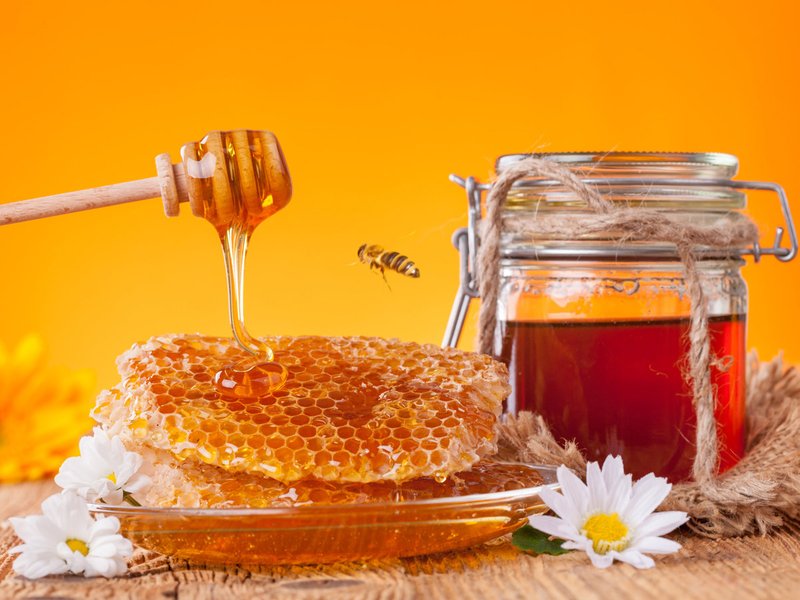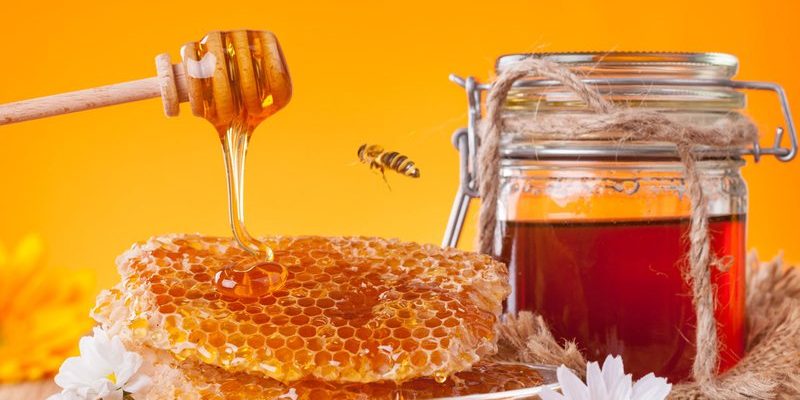
The honey badger, known scientifically as *Mellivora capensis*, is certainly not a typical pet—unless you’re looking for a companion with a fierce attitude and a love for adventure. Found mainly in Africa, parts of Asia, and some regions in the Middle East, these small but mighty mammals are infamous for their fearless nature. In a lot of ways, they remind us that size doesn’t always dictate strength or survival, similar to how the underdog can triumph against the odds. But what about their future? Are honey badgers at risk of disappearing?
Understanding Honey Badger Habitats
Honey badgers are fascinating creatures that thrive in various habitats. They can be spotted in savannahs, grasslands, forests, and even mountainous areas. They are adaptable animals, often making their homes in burrows or dens dug into the ground. This adaptability helps them survive in different environments and find food, primarily insects, small mammals, and, of course, honey.
Their unique habitat preferences mean that honey badgers must navigate both land and sometimes water to find food and shelter. They are skilled diggers and climbers, using their claws and sharp teeth to access hidden prey. Unfortunately, habitat loss due to human activities, like agriculture and urban development, poses a significant threat to these remarkable animals.
The Impact of Urbanization
Urban areas expand quickly, which can lead to habitat fragmentation. When honey badgers lose their homes or find their paths blocked by roads and buildings, they may struggle to find food and mates. This isolation can reduce genetic diversity, which is crucial for the resilience of any species. As these fearless creatures adapt to an ever-changing landscape, we must consider the consequences of our actions.
Are Honey Badgers Endangered?
So, let’s get to the heart of the matter. Currently, honey badgers are not classified as endangered on a global scale. According to the International Union for Conservation of Nature (IUCN), they fall under the “Least Concern” category. This indicates that, in many areas, their populations are stable. However, it’s essential to note that their status may vary depending on the region.
In some countries, like South Africa, honey badgers face significant threats from poaching and vehicle collisions. These dangers can lead to local declines in their populations. While they may not be endangered globally, localized pressures can have severe effects on their numbers.
Reasons for Population Decline
Let’s break down why some honey badger populations are struggling. Here are a few key factors:
- Habitat loss: Urbanization and agricultural expansion destroy natural habitats.
- Poaching: Honey badgers are sometimes hunted for their fur or out of fear.
- Road traffic: More vehicles mean more chances for accidents involving wildlife.
Understanding these challenges brings us closer to realizing the importance of conservation efforts.
Conservation Efforts and Their Importance
Conservation efforts for honey badgers are crucial to ensure their longevity. Various organizations work to protect their habitats and raise awareness about their ecological importance. These efforts often focus on habitat preservation, public education, and creating wildlife corridors that allow animals to travel safely between areas.
Raising awareness about honey badgers can also help reduce negative perceptions. Many people fear these animals due to their fierce reputation, but they play a vital role in their ecosystems. They help control pest populations and contribute to pollination, which ultimately benefits the environment.
Community Involvement
Community involvement is key to successful conservation initiatives. Engaging local populations can foster a sense of responsibility for their natural resources. When people understand the value of honey badgers and the benefits they bring, they’re more likely to support conservation efforts. This can include educational programs in schools, community clean-ups, or partnerships with conservation organizations.
The Role of Education in Conservation
Education plays a significant role in conservation. The more we know about honey badgers, the more we can appreciate them. Teaching people about their habits, habitats, and importance can inspire individuals to protect them. Plus, informing communities about the consequences of poaching and habitat loss can lead to better decision-making.
Social media and documentaries have also helped bring attention to honey badgers. These platforms can spark interest and encourage people to participate in conservation efforts. After all, who wouldn’t be captivated by a creature that can take on a snake or a lion’s jaw?
Building a Future for Honey Badgers
Creating a safe future for honey badgers requires a multi-faceted approach. By combining habitat protection, education, and community involvement, we can create a thriving environment for them. You might think that one person can’t make a difference, but every little bit counts.
Whether it’s spreading the word on social media, volunteering with local conservation groups, or simply learning more about honey badgers, everyone can contribute to their conservation.
Final Thoughts on Honey Badger Conservation
While honey badgers are not currently endangered on a global scale, the challenges they face are real and pressing. Habitat loss, poaching, and road traffic are just a few hurdles that could threaten their populations in specific areas. The good news is that many organizations and individuals are dedicated to safeguarding these incredible creatures.
As we continue to learn about honey badgers, it’s essential to recognize our role in their conservation journey. They may be small, but their impact on the environment is significant. Protecting them is not only about preserving a unique species; it’s about maintaining the balance of ecosystems. So, next time you hear about honey badgers, remember their story and consider how you can help ensure a brighter future for them. Together, we can make a difference that counts!

